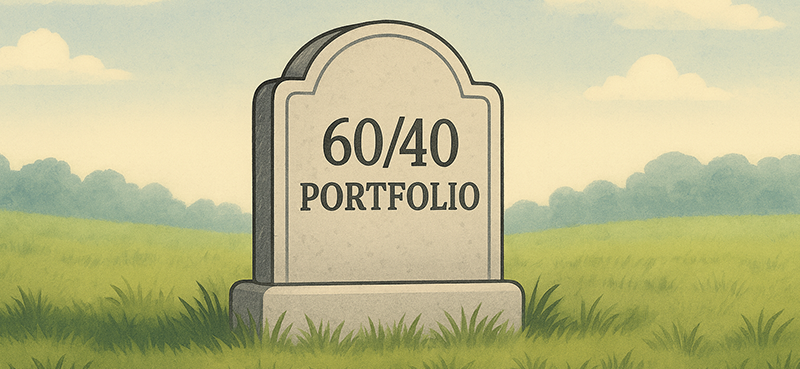
In July, I predicted oil prices would fall by 30%.
My thesis was based on simple economics. Despite lower prices, oil companies would not cut back on production. That’s because they NEED to produce oil to service their massive debt loads.
Recent data from the Energy Information Agency shows that U.S. oil companies are still producing over 9 million barrels of oil per day. To put this in perspective, oil prices are down roughly 60% over the past 14 months … yet, oil production in the U.S. is down just 5% off its record highs!
With oil companies across the globe refusing to cut production, the chance for a continued decline in oil prices was high. And as oil prices declined, I predicted this would lead to a pullback in most oil stocks.
Since my call in July, crude has fallen 27.8%. And the average oil producer (based on the Dow Jones U.S. Select Oil Producers Index) is down about 17% over the same time frame.
Some oil producers may look like bargains after this pullback. However, there is likely much more pain ahead for the industry at least over the next six months.
As I mentioned earlier, oil prices have fallen sharply — by roughly 60% — over the past 14 months. Yet, U.S. production remains stubbornly high.
The breakeven price for shale producers is roughly $55 a barrel. That means most oil companies will lose money producing oil at current prices. (West Texas Intermediate crude closed at $36.76 last night.)
However, more than 30% of oil production in the U.S. is hedged at much higher prices. That means most oil producers are able to generate profits despite oil prices trading below the breakeven price of $55 a barrel.
In 2016, it will be a much different story. That’s because only 10% of production is hedged. This creates a huge problem for most U.S. oil producers who will now lose money on every barrel of oil they produce.
The logical solution is to hold off producing until prices rebound.
However, U.S. oil companies are sitting on more than $500 billion in debt. And this debt is due over the next 5 years.
To put this in perspective, 85% of operating cash flow generated by U.S. oil producers is being used to service their debt. This compares to less than 45% in 2014.
Once these hedges come off in 2016, many U.S. producers will not generate enough cash flow to service their debt. Plus, banks recently announced they are reducing credit lines for oil companies next year.
Of course, oil companies will be just fine if prices push through the $55 a barrel level — and stay above this level long-term. However, this is highly unlikely since U.S. companies are still producing near-record amounts of oil.
My suggestion is to stay clear of oil companies at least over the next six months. If prices remain depressed, you will likely see shale producers fall another 30% from here.
That would be a much better entry point for investors.





















